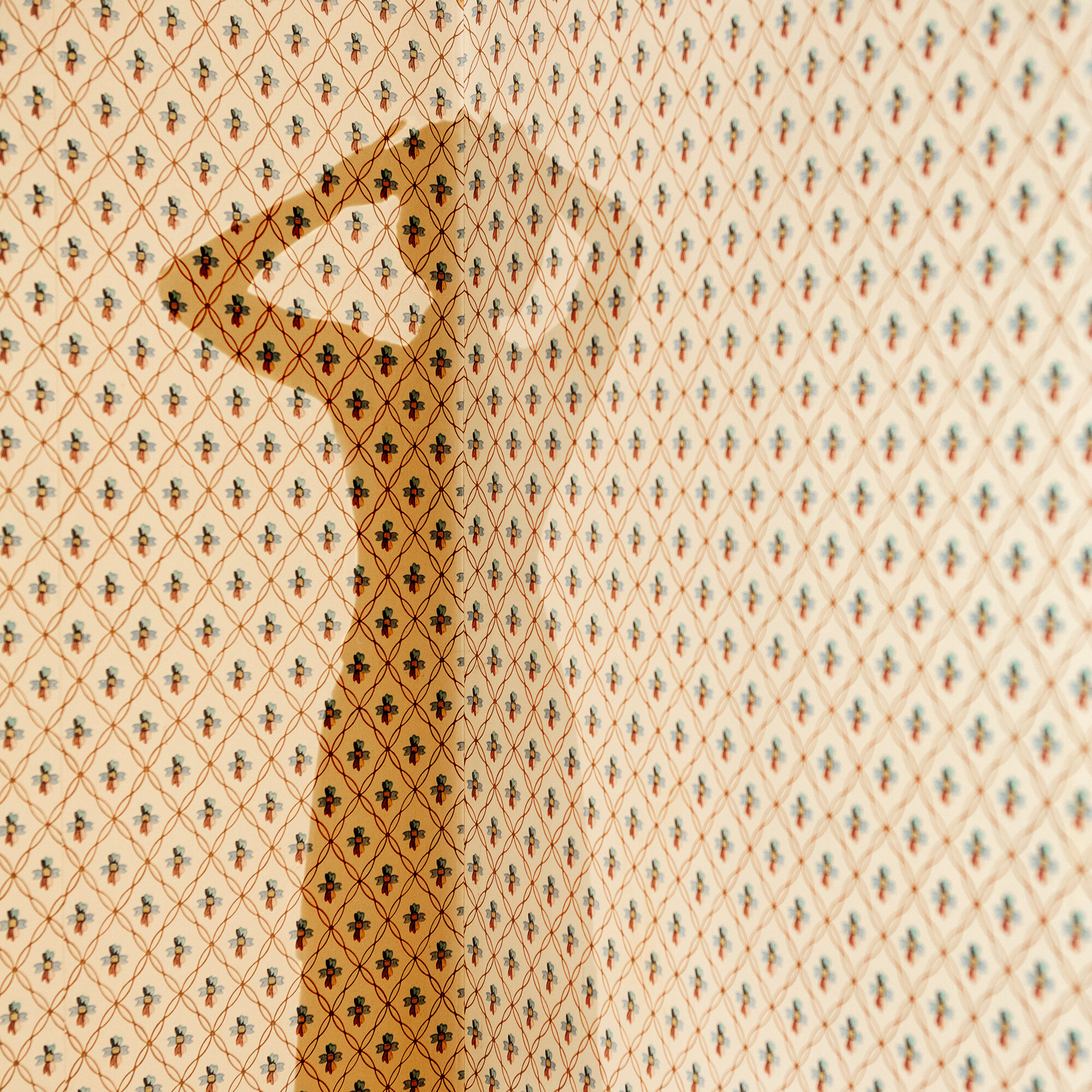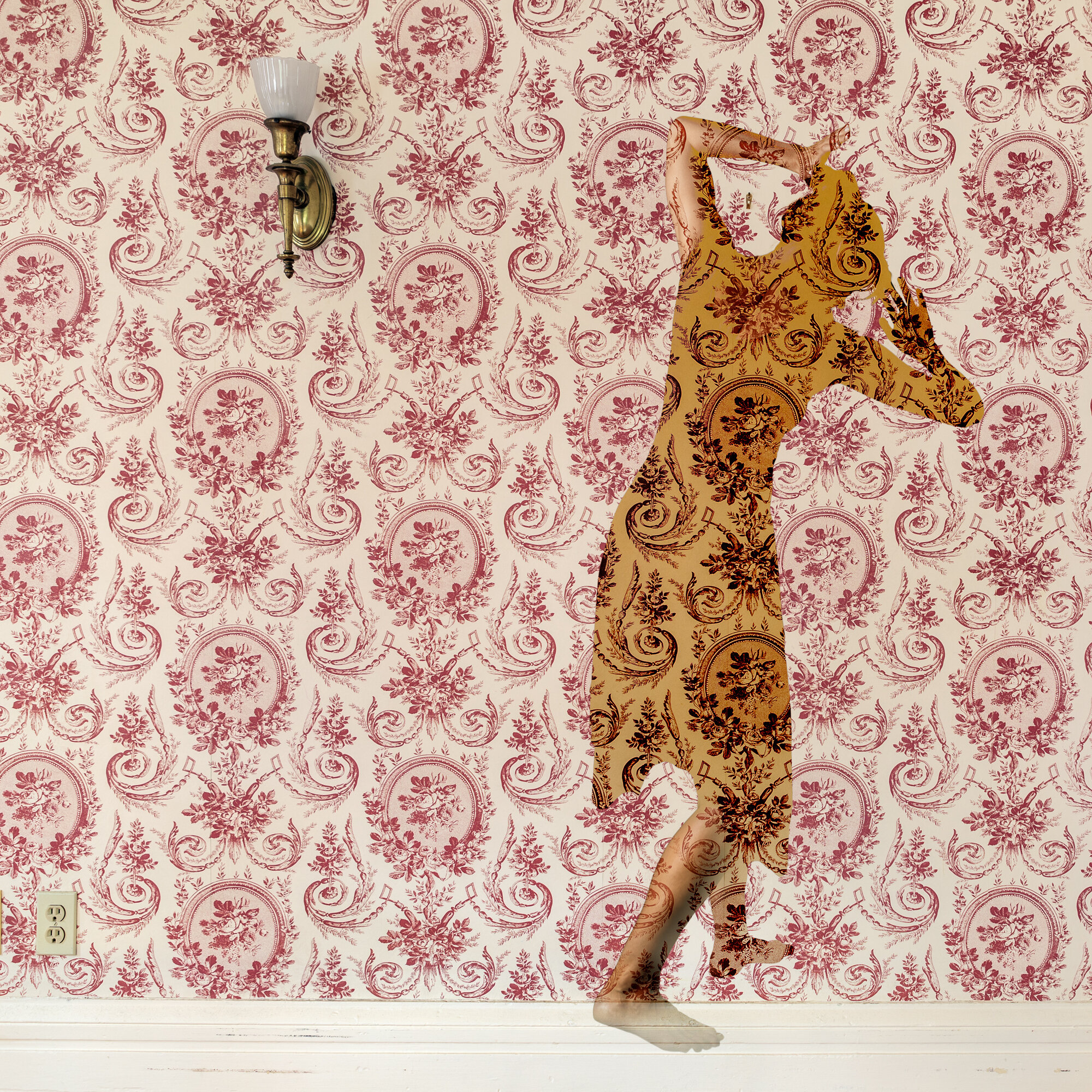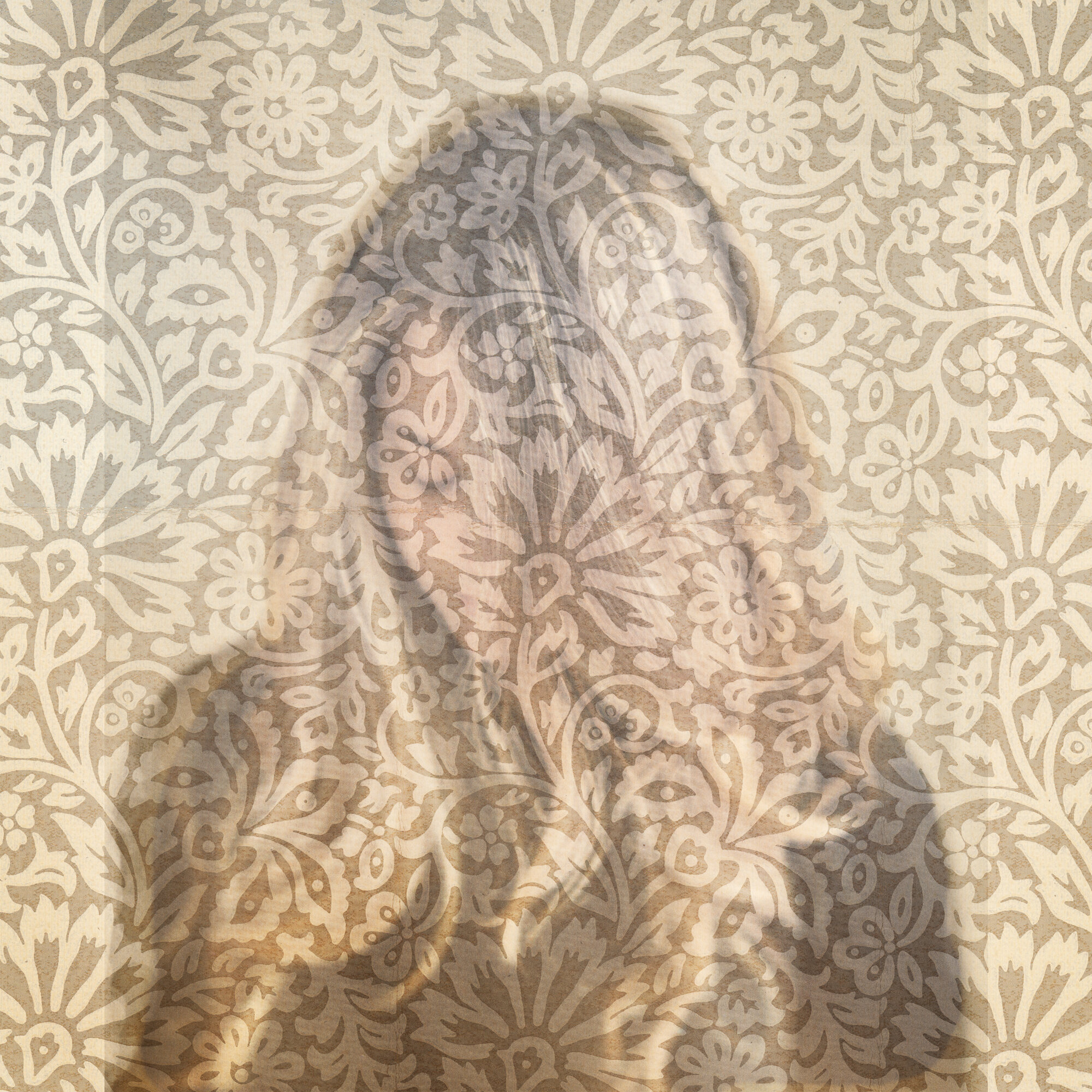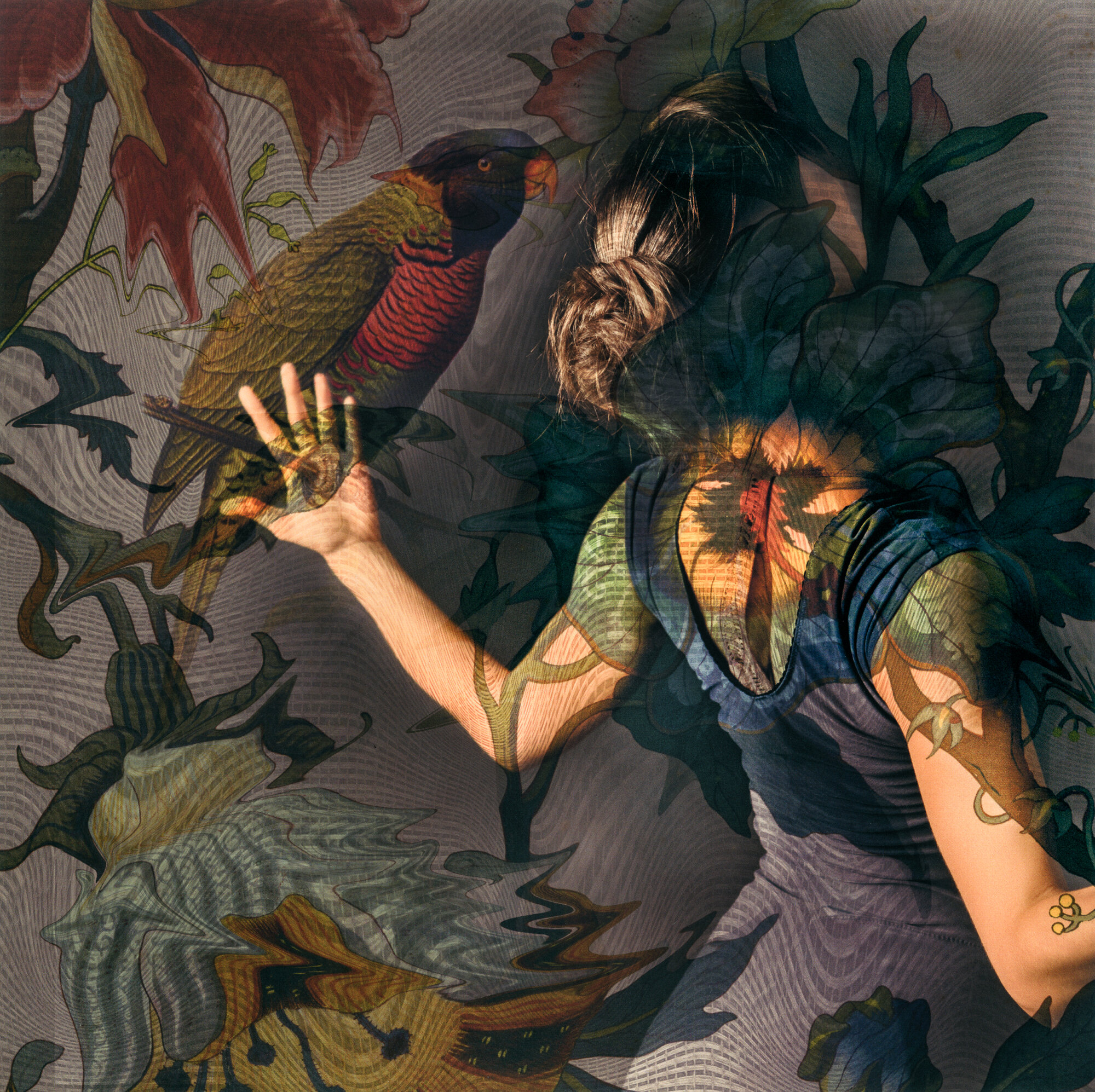Tira Khan
We are so very happy to feature the work of Tira Kahn. An accomplished fine art and documentary photographer her works have appeared in notable exhibitions with the Griffin Museum of Photography, Danforth Museum of Art, Vermont Center for Photography among many. Additionally Tira was a 2019 finalist in Critical Mass/Photolucida.
I've been interested in Tira's works for some time and I'm so pleased we can host a feature of her project Pattern Repeats. The images at first are strikingly beautiful. After further study these images reveal themes of isolation, personal anxiety, oppression. Each character entwined into the wall patterns, patterns of beauty and domesticity. Women trapped in this chaotic, organic swaddling. Please read Tira's most eloquent statement below for great insight into this project.
-Steven Duede, Photographic Artist, Aspect Founder
The wallpaper in my photographs represents an overprotective, oppressive patriarchy that attempts to seduce these modern girls and women toward domestic -- and silent -- complacency. I see tension between the girls and the wallpaper, as one tries to usurp the other. The wallpaper in these images reveals the beauty of an idealized version of home that distracts us, perhaps restrains us, from the tumultuous and often dangerous world beyond.
Pattern Repeats
“There are things in that wallpaper that nobody knows about but me, or ever will." — Charlotte Perkins Gilman, The Yellow Wallpaper
I began this series shortly after — and in response to — the 2016 presidential election. The photographs are inspired by the short story, The Yellow Wallpaper, by Charlotte Perkins Gilman, first published in 1892. In the story, the protagonist suffers from “hysteria.” Her doctors prescribe rest, so her physician husband rents a home in the country for the summer. The narrator spends most of her days in a bedroom staring at the walls. Soon, she notices a woman trapped inside the wallpaper's yellow pattern. The narrator tears the paper from the walls, attempting to set the woman free. The wallpaper in the story becomes a metaphor for the social mores of the Victorian era. The paper itself becomes a metaphor for the narrator’s mental demise.
The wallpaper in my photographs represents an overprotective, oppressive patriarchy that attempts to seduce these modern girls and women toward domestic -- and silent -- complacency. I see tension between the girls and the wallpaper, as one tries to usurp the other. The wallpaper in these images reveals the beauty of an idealized version of home that distracts us, perhaps restrains us, from the tumultuous and often dangerous world beyond.
In the The Yellow Wallpaper, the narrator rips the wallpaper to free the woman she sees crawling behind the pattern. The protagonists in my photos are behind — or encompassed by — the wallpaper. They are engulfed within the pattern’s repeats, and perhaps history’s patterns as well. They struggle to find their voice: emerge.
Tira Khan
Tira Khan
Bio
Tira Khan’s photographs focus on people, family, home, and unguarded moments. Her images are often personal, and she finds that elements of our daily lives often reflect broad, universal themes.
Her series, Growing Up Girl, has been featured on Der Spiegel Online, Lenscratch, Musee Magazine, and What Will You Remember. Her photographs have been published in the New York Times Lens Blog, The Wall Street Journal, The Boston Globe, and Bloomberg Businessweek. She has also published photographs in two books: We Who March, a book on the 2017 Women’s March; and Family. Life., organized through the Alexia Foundation.
Tira was recently selected by Christopher Rauschenberg as one of eleven photographers in Exposure, the Photographic Resource Center’s 22nd annual exhibition. She has exhibited in shows at the Danforth Art Museum, Griffin Museum, and Blue Sky Gallery, among others. She won first place in the New York Photo Curator contest, Vibrant, and an honorable mention in the Soho Photo National Competition in 2017. Her portfolio, Growing Up Girl, is part of a traveling exhibit, Outspoken, which explores the idea of women and girls in American culture
Visit Tira












